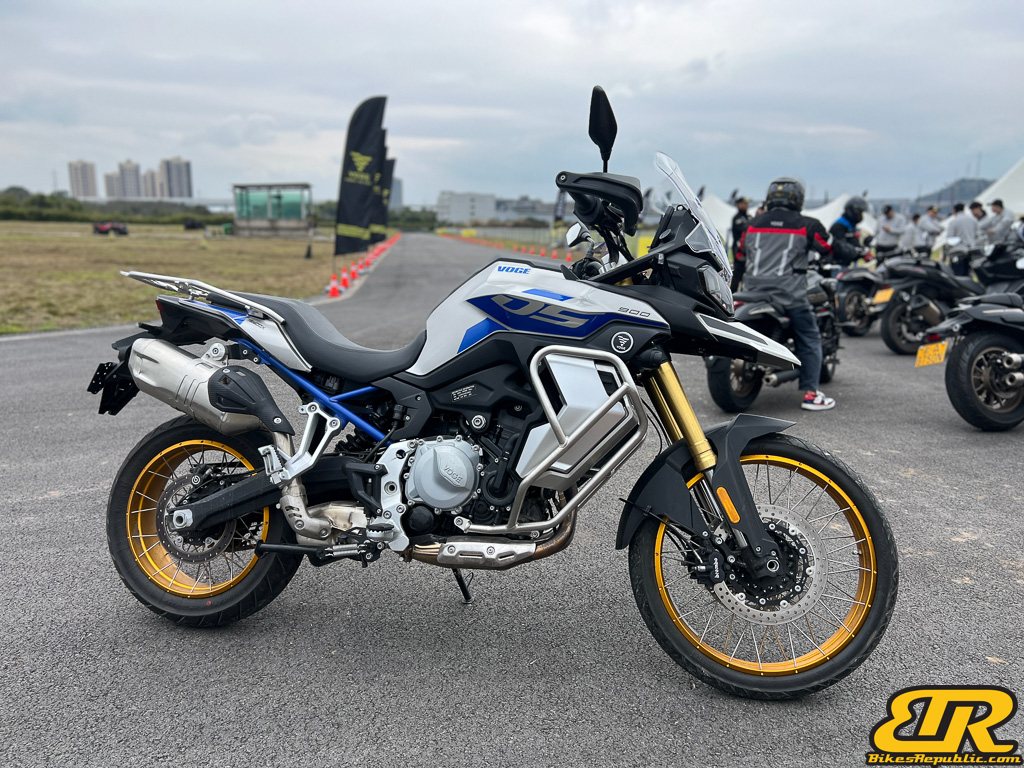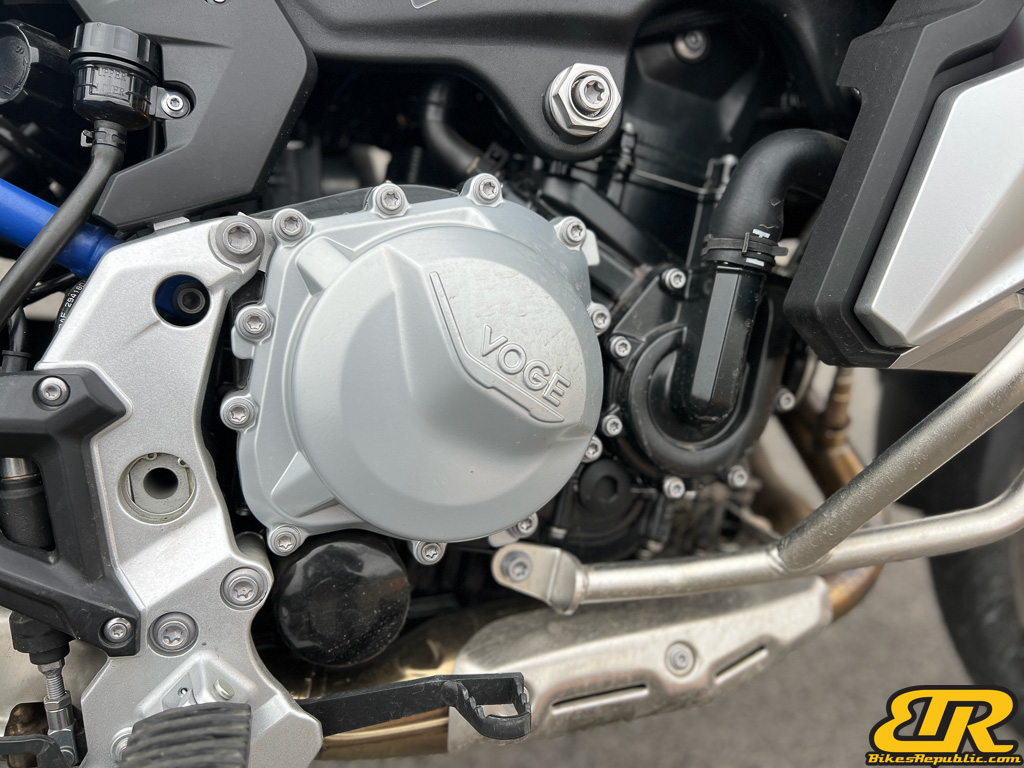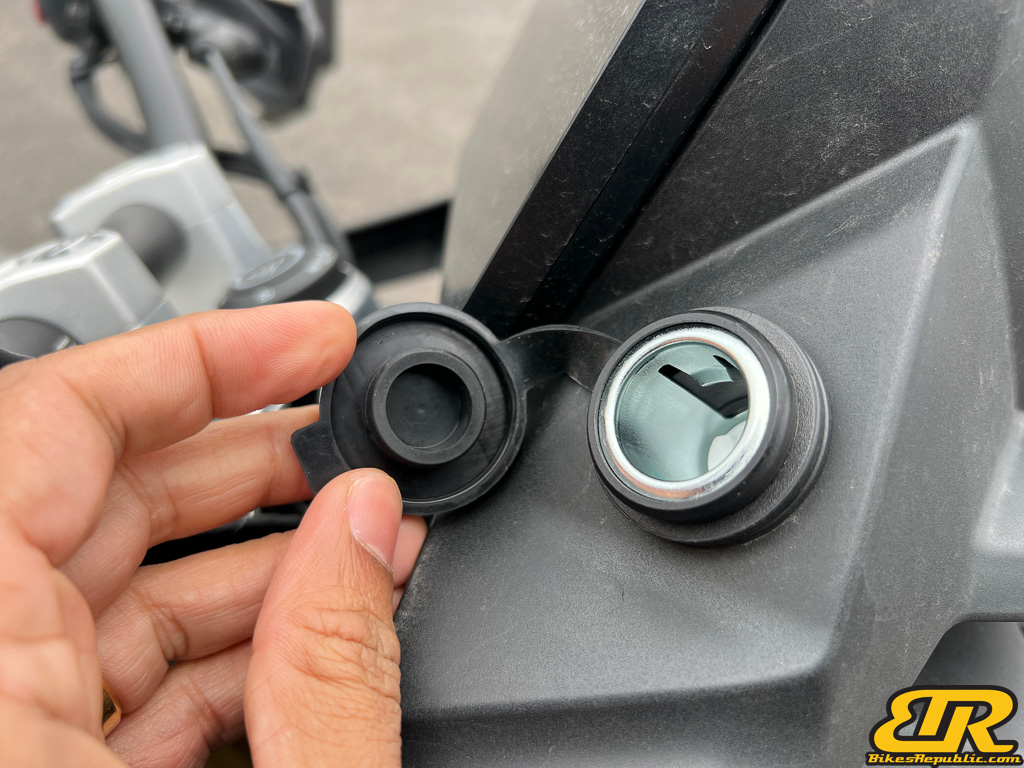Whenever we buy a new car, a lot of us are under the assumption that the brand that we buy the car from has in fact built the car. But more often than not, that is not the case.
At a global level, companies like Magna Steyr are responsible for the assembly of vehicles for major brands. Based in Austria, Magna Steyr is an engineering and assembly company, among others. And it builds cars for the likes of Aston Martin, BMW, Mercedes-Benz, Toyota and others.

In Malaysia, there are companies that do that as well with companies like Inokom, DRB-Hicom, UMW, Sime and other conglomerates whose assembly plants are used to build cars for the likes of Honda, Toyota, Isuzu, Mitsubishi, BMW and Mercedes-Benz.
So when you buy a car, the brand that you buy from may have designed it, engineered it, specified it, and even tested it, but the final product is probably built by an entirely different company.
This company would have also trained the assembly staff and ensured that its standards are complied with.
This is also quite common in the motorcycling industry, especially now with the Chinese juggernaut being capable of producing just about anything the heart desires.

CFMoto, one of the greatest motorcycle brands to come out of China, builds motorcycles for KTM. Other Chinese manufacturers like ZongShen build certain models for the Piaggio group while Harley-Davidson collaborates with QianJiang to build the X350 and the X500.
We recently visited China at the invitation of MForce Bike Holdings, the local importer, assembler and distributor of several brands including CFMoto,SYM, Benelli, QJMotor and a host of other brands.
We visited a few factories but for this article we will focus on Loncin Holdings.
Who is Loncin?
The company has been around since 1993 which is when it developed its first motorcycle engine. Five years later, the company introduced its first motorcycle any by 2005, it had reached an agreement with BMW to assemble motorcycles for the German powerhouse in China.

Since then, Loncin has produced well over 35,000 motorcycles for BMW, which includes the twin-cylinder models such as the F900R and XR and earlier models like the G650 and so on.
Loncin also produces some BMW scooters, namely the C400X and the C400GT.
It also produces about two million motorcycles and three million motorcycle engines a year. Not just that, it also produces components for some European car companies as well.

Today, the company employs about 10,000 people and has launched its own brand – Voge.
The story of Voge
Established in 2018, Voge was introduced by Loncin to cater for upmarket buyers. The company introduced its own single-cylinder adventure bike back in 2017, and that was powered by the same 652cc, single-cylinder engine that powered the old BMW G650 GS.
It began its journey with the 300AC and the 500R, and ever since then, Voge has been on a march to dominate the motorcycling world.

Its modus operandi? Transfer everything it has learnt from assembling high-end BMWs and make them more affordable for the masses to enjoy. And it has worked brilliantly!
Since the brands introduction, Voge is already available in over 60 countries with over 1500 retail stores. In fact, Voge boasts a cumulative sale of close to 430,000 units from 2018 to 2024 alone.
Enter the Voge DS900X
This is the true game changer, not only for Loncin but also for MForce.
You would not be wrong to think that the Voge DS900X is basically a watered-down version of the BMW F900 which, as mentioned, is produced by Loncin.

But it is a lot more than just a watered-down BMW, because it offers almost everything that the BMW offers, is powered by an engine that is said to have 90% of the same components as the BMW, and yet is priced at an unbelievable RM49,998.
It was launched in Malaysia this past February and MForce already has a couple dozen bookings for the DS900X.
That is unsurprising though because after spending some time with it in China recently, we would be more surprised if it didn’t do well.
What makes it so good?
Besides the fact that it does everything the BMW does but for about a third of the price, the DS900X is one of those motorcycles that seems to have it all.

You want a colourised TFT instrument cluster? You got it. You want a bike with cruise control? Sure! You want a big tank and power? Why not?
It is simply difficult to fault the DS900X. As far as the spec sheet goes at least.
On the topic of the spec sheet, let’s get the details out of the way first before we dive into how the bike feels.

Powering the dual-purpose bike is an 895cc, twin-cylinder, four-stroke and eight valves engine. It delivers an impressive 94hp at 8250rpm and 95Nm of torque from just 6000rpm.
As mentioned earlier, the Voge DS900X is loosely based on the BMW F900 series, and in fact shares major engine components as well. In the BMW, the same 895cc engine produces 105hp at 8500rpm and 93Nm of torque from 6750rpm.
There is no way that Loncin would have outshone BMW, so the slight detune is understandable.

But what the Voge loses out on power, it makes up for with a bigger thank, measuring in at 17-litres over the 14.5-litres of the BMW F900 GS.
We will stop the BMW references over here though since the Voge DS900X should be treated as its own brand and bike, thought the transfer of knowledge from years of building BMWs definitely helps.
The suspension of the DS900X is supplied by Kayaba (KYB) and is made up of upside-down telescopic forks at the front and a monoshock for the rear, but of which are adjustable for pre-load and damping.

As for handling, the front wheel measures in at 21-inches while the rear at 17-inches, a clear nod to the dual-purpose market this Voge wants to operate in.
Stopping power on the other hand will probably grip you the hardest because the front two discs measure in at 305mm with Brembo callipers together with Cornering ABS. The rear disc measures in 265mm gripped by a Brembo calliper as well. An electronic safety net in the form of a traction control system is also present, as is a tyre pressure monitoring system to ensure grip is always at its optimum.
As for electronic safety nets, the DS900X also offers four riding modes – rain, road, sport and enduro, each of which adjusts the electronic parameters such as power delivery and traction control to ensure maximum fun and safety in all situations.

Fun is further factored in with the quick shifter system, which is offered as standard and the fact that you get it as standard while some premium brands charge you upwards of RM3,000 for it is truly remarkable for a bike of this price point.
Other notable features include a keyless start system, seven-inch full-colour TFT display, front dashcam that is neatly tucked away into the body work, LED lights all around, dual USB charging ports, heated grips and seat, and an adjustable windscreen (manual).
So, how does it ride?
Let’s make one thing clear before we dive into this topic, after the factory tour to show how Loncin builds the BMW products as well as the Voge products, we were taken for lunch and then to the test track.

The oval track is roughly about a kilometre long, with some obstacles thrown in for good measure. Riding around in circles isn’t exactly the best way to tell how the bike feels like, but we have been promised more seat time later.
But as a first impression, power delivery is ballistic in nature though most of the power is produced on the opposite side of the power band. Braking power can only be described as face morphing while the suspension remains stable under heavy braking, yet does a spectacular job at soaking up bumps, which is not exactly surprising considering that it is supplied by KYB.
Low speed balance is quite good as well, which is important for a dual-purpose bike that weighs in at 238kg.

The quick shifter works like a charm, while the seat is placed 835mm off the ground, which is great for medium to tall builds.
According to the spec sheet, the DS900X also comes with a blind spot monitoring system, though we were unable to put this system to the test. But the fact that it exists put the other premium motorcycle makers to shame because to date, the only two motorcycles to offer it are the Ducati Multistrada V4S and the BMW R1300GS. Both of which are priced well past RM120,000.
Even the overall quality seems good, but only time will tell how the Voge DS900X stands the ultimate test of adventure riding in the hands of pros.
Should you put your money down?
As a brand, Voge still has a lot to do to build its reputation against other brands like CFMoto, and even the Japanese competitors. But there is no doubt that the DS900X has plenty to offer.

For those on a budget, the DS900X makes a lot of sense. And even for those with money, why spend more when you can buy a Voge DS900X for just under RM50,000 and spend the rest of it on an epic adventure. Isn’t that the true essence of buying a dual-purpose machine?
Specifications:
Engine: 895cc, Twin-cylinder, DOHC,
Power: 94hp @ 8250rpm
Torque: 95Nm @ 6250rpm
Transmission: Six-speed with quickshifter
Suspension: Kayaba front and back, adjustable for pre-load and damping
Price (As tested): RM49,998
We like: Offers everything that most premium brands offer
We don’t like: Difficult to fault

























































































